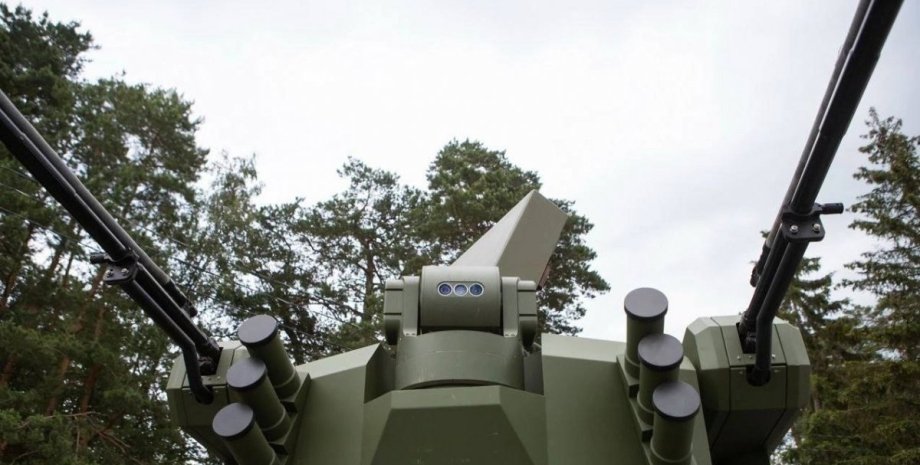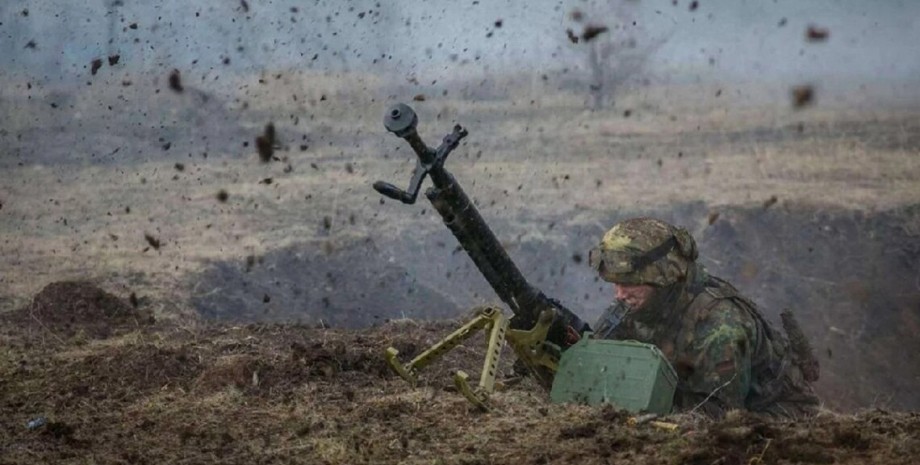
 By Victor Duda
By Victor Duda
According to the International Federation of Robotics, there are more factory robots in China for every 10,000 workers in production than in any other country, except for South Korea and Singapore. The owner of the workshop at the commercial center of southeastern China Ilon Lee told reporters that he was preparing to pay $ 40,000 to a Chinese company for a robotic hand with a camera.
The device uses AI to monitor how the worker welds the walls of the furnace, and then duplicates the action with minimal human intervention. Only four years ago, the same system was available only from foreign works companies and cost about $ 140,000. Lee noted that the working day of his employees only lasts eight hours, and the car can work around the clock. Large companies make a much higher automation rate.
Yes, a huge plant of the Chinese manufacturer of ZEEKR electric vehicles in Ninbo used 500 robots four years ago. There are 820 of them now, and even more. Despite automation, Chinese plants still need people to check the quality and install some parts that require hand agility, such as wire harnesses. For example, before painting the cars, workers still spend their hands in gloves and grind small defects.
"Most of our colleagues' works are related to the seat in front of the computer monitor," said Pinki Wu, Zekr employee. According to the publication, US Automobile Plants also use robots, but most of the equipment is shipped from China. Moreover, Chinese companies bought foreign suppliers of advanced robotics such as Kuka from Germany, and transferred most of their operations to China.
"China's secret weapons in the Trade War is an army of factory robots managed by artificial intelligence that made a revolution in production," the journalists said. The authors of the article emphasized that the rapid progress of China in the field of factory robotics is stimulated from above. Ten years ago, the initiative "made in China 2025" started in the country, which has identified 10 industries where the PRC should become competitive in the world market. One of these areas was robotics.
For example, to force the automotive industry to think about how to use humanoid robots with two hands and two legs, government officials in Beijing have been instructed to rent robots and provide videos of how they perform tasks in their assembly factories last year. As a demonstration of automation, the municipal government of Beijing recently conducted a half marathon for 12,000 runners and 20 humanoid robots.
Only six robots completed the race, but the event helped draw attention to the robots. It is also important that China's universities annually produce about 350,000 mechanical engineers, as well as electricians, welders and other qualified technical specialists. For comparison, US universities produce about 45,000 mechanics engineers a year.
The co -founder of the American robotic robotics robotics robotics robotics has admitted that one of his biggest problems was the search for skilled employees. As a graduate student at the Robotics Institute at the University of Carnegie-Mellon in Pittsburgh, he was one of two mechanical engineers. For their part, some Chinese specialists are worried about production automation.
Yes, the Yuanzze gene from the Zekr plant fears that it will ever lose work through work, and its education will not be enough for a better position. "It not only worries me - it worries everyone," Gen said. Recall that robotics experts claim that Ilon Mask's plans to start mass production of Tesla Optimus robots for $ 20,000, delayed because of the Donald Trump Trade War. It was also reported that China has taken the leading position in the chain of planetary roller screws.










All rights reserved IN-Ukraine.info - 2022